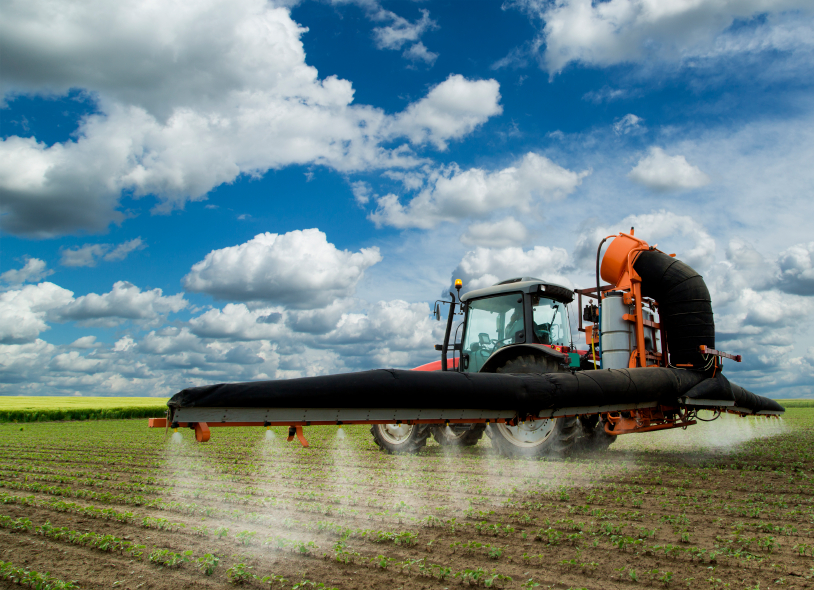Non-GMO Certification
 A few days ago the USDA announced the development of its own Non-GMO certification. SunAgra, an organic food company out of Canada had asked the organization to verify that the US-sourced corn and soy they were using were free from GMOs (Genetically Modified Organisms.) The USDA fulfilled their request and has built a GMO verfication process along the way. The new process would allow companies to verify their products as GMO-free and also bear a "USDA Process Verified" seal. Companies would pay a fee and go through an inspection process for the certification.
A few days ago the USDA announced the development of its own Non-GMO certification. SunAgra, an organic food company out of Canada had asked the organization to verify that the US-sourced corn and soy they were using were free from GMOs (Genetically Modified Organisms.) The USDA fulfilled their request and has built a GMO verfication process along the way. The new process would allow companies to verify their products as GMO-free and also bear a "USDA Process Verified" seal. Companies would pay a fee and go through an inspection process for the certification.
On one hand, this is a step forward in the transparency of our agricultural product supply chain. It shows that consumers are becoming more aware of GMOs and their potential risks, and it shows that the USDA is paying attention. But at the same time, it feels like two steps back.

The optional GMO-free certification may ease a significant amount of the pressure to push for mandatory GMO labeling. Those opposing mandatory GMO labeling legislation can now just point to the option of the UDSA's new certification, purporting that mandatory GMO labeling is not needed now that companies can use the certification to prove they're GMO-free. It also puts the costs of differentiating GMO vs non-GMO products on the shoulders of the non-GMO producers, instead of those using GMOs.
If the USDA's Tom Vilsak was under pressure to stave off mandatory GMO labeling legislation efforts, it was a smart political move to announce the new program. However, the announcement also highlights how backward the US agricultural system is and where its prorities lie. Those using pesticides, herbicides, synthetic fertilizers, sewage sludge and genetically modified seeds can seemingly produce with lower costs. Those wanting to produce without those things, however, have to pay thousands of dollars every year and go through rigorous inspections. It continues to widen the gap in price between organic/non-GMO and conventional products, thus putting organic and GMO-free products out of reach for economically disadvantaged communities. Looking at the issue this way, it seems like a step back.
The new GMO-certification could have been a good interim solution for the USDA before a move into a more mandatory labeling program. It may have been a good middle ground for the USDA in order to appease multiple demands. Time and future legislation will tell. In the meantime, as consumers we need to vote with our forks, so to speak. The more we purchase, demand and support GMO-free products, the more this speaks to legislators and the USDA of what is important to American citizens. The more we support localized food production, the bigger impact that is going to have on Big Agriculture and our food system in its long-term sustainability.

